A Fashion Career is not a microwave meal
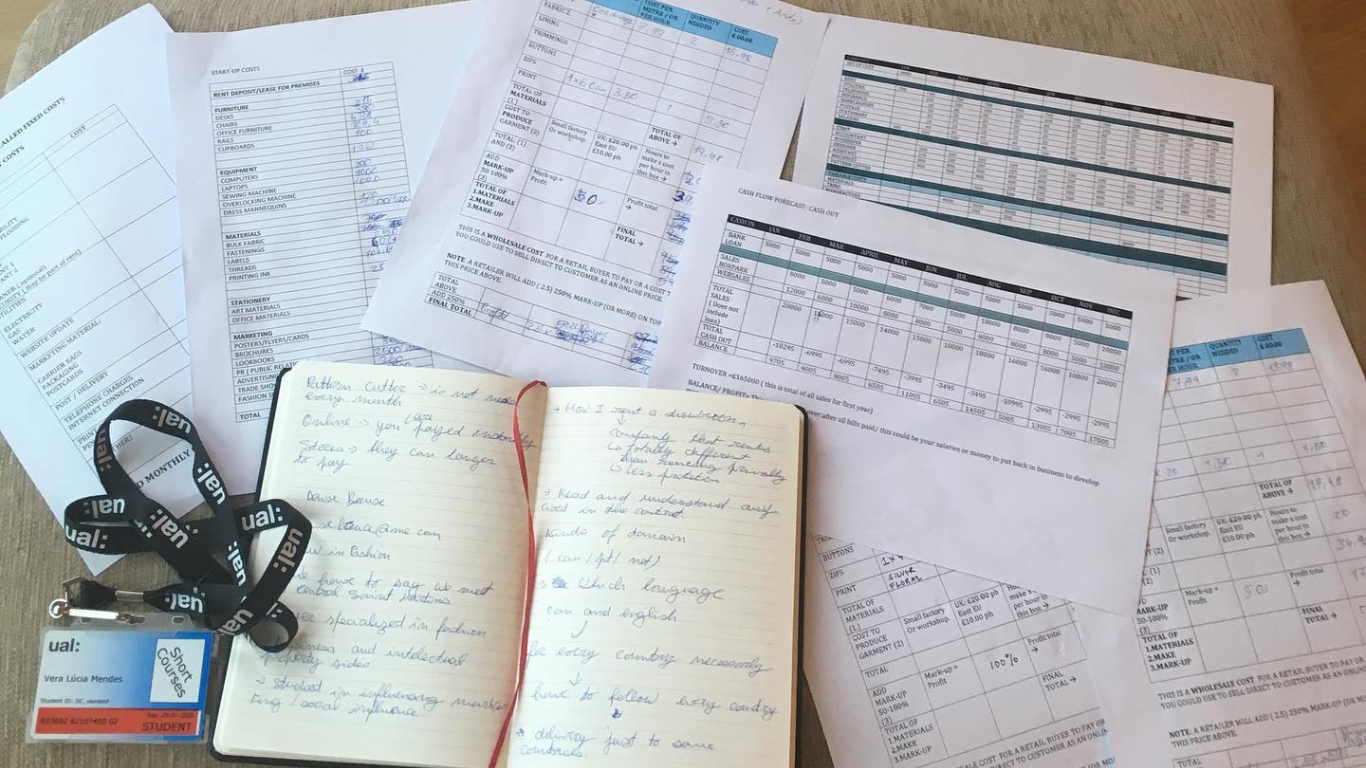
When I signed up for CSM's digital open day about the MA in Fashion Communication, it was just out of curiosity. Maybe it was also a mix of nostalgia for my first fashion school. If you look at my content calendar, there is no reference to what I am now writing about.
After an hour of watching the incredible 1 Granary Square building as the backdrop of a video call, all these backgrounds seem strange to me. I didn't just miss the first summer course I did at this school, when I was 18 years old, and all that incredible experience… What I really missed was this magnificent ability that exists at Central Saint Martins to do a reality check while filling us with hope.
I won't lie, I didn't like the way short courses were somewhat disregarded in the answer to a question. Yes, anyone can take a short course without having to go through an application process, but that doesn't make the experience any less rewarding.
And, I confess, I was expecting to see a cool presentation as was the custom of the tutors there, but a relaxed conversation over a Zoom call turned out to be incredible.
Now let's move on to the reality check:
It's not about school
It’s not about the school, it’s about you. This idea came from the tutor who leads the Fashion Image option of the Master’s degree. While this is not a quote, if we add salt and pepper to our taste, the point is this: Saint Martins is not really a real saint. So, just by studying at this famous London school, you won’t become the new John Galliano or the new Olya Kuryshcuck (if you haven’t noticed yet, 1 Granary — I’m referring to the educational platform this time, it’s a huge reference for me).
You have to work hard and try even harder, this is Fashion in less than 10 words and yet we continue to live for it, we can´t help it.
Just as it is true that school is not decisive, it is true that it is preponderant.
When I heard one of the tutors saying that the school has a fantastic atmosphere and everyone will remember your name, I felt a mix of emotions.
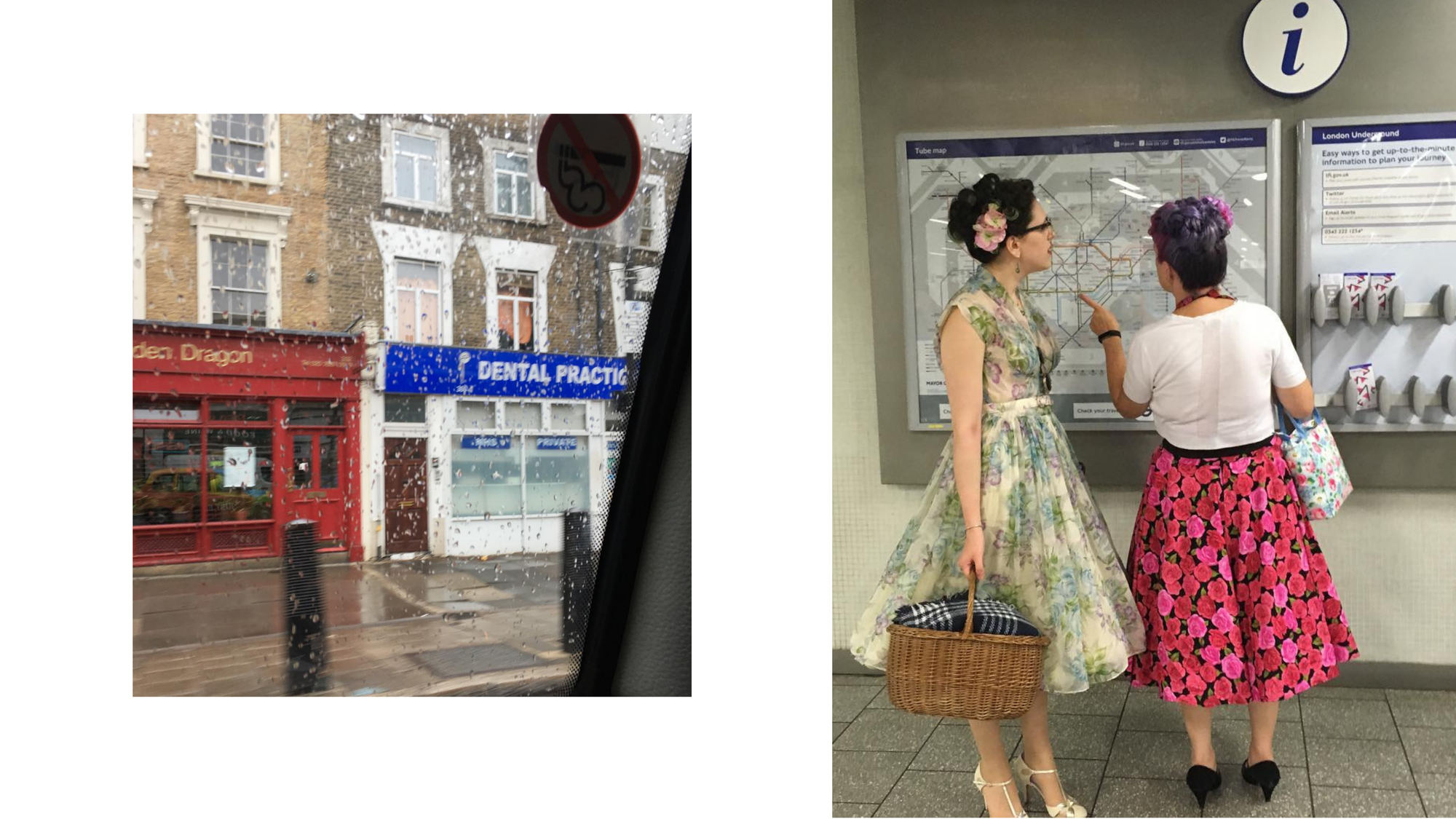
I know it's true, when I returned a year later for my second short course, everyone remembered my name. Even on a rainy day, a classic London summer day, leaving the tube was an excellent opportunity to meet one of my beloved tutors.
This sweet nostalgia is accompanied by a bitter question. What has been described also happens at FAUL (our beloved Portuguese Fashion School), although it may not have the WOW factor of CSM. And that is where the question comes in. Couldn't even better work be done at our cozy Fashion hub, at the Faculty of Architecture on one of Lisbon's hills, if the teachers had the same conditions, number of students, tools and structures vaguely similar to those found in prestigious schools in Her Majesty's lands?
A stylish lasagna
Even though I love CSM — for me it will always be “my school” in the same way as the Faculty of Architecture of the University of Lisbon, where I did my Bachelor’s and Master’s degrees. Although I only spent 10 days at the first and about 924 days at the second, I did the math discounting the pandemic quarantine — my previous home should be considered a “Fashion school”, but that’s a subject for a future article — I have a few complaints to make.
The first time I was there, I had the best lasagna I have ever had — a bowl of lasagna with fries on the side and a delicious slice of garlic bread on top — what a magnificent school cafeteria lunch!
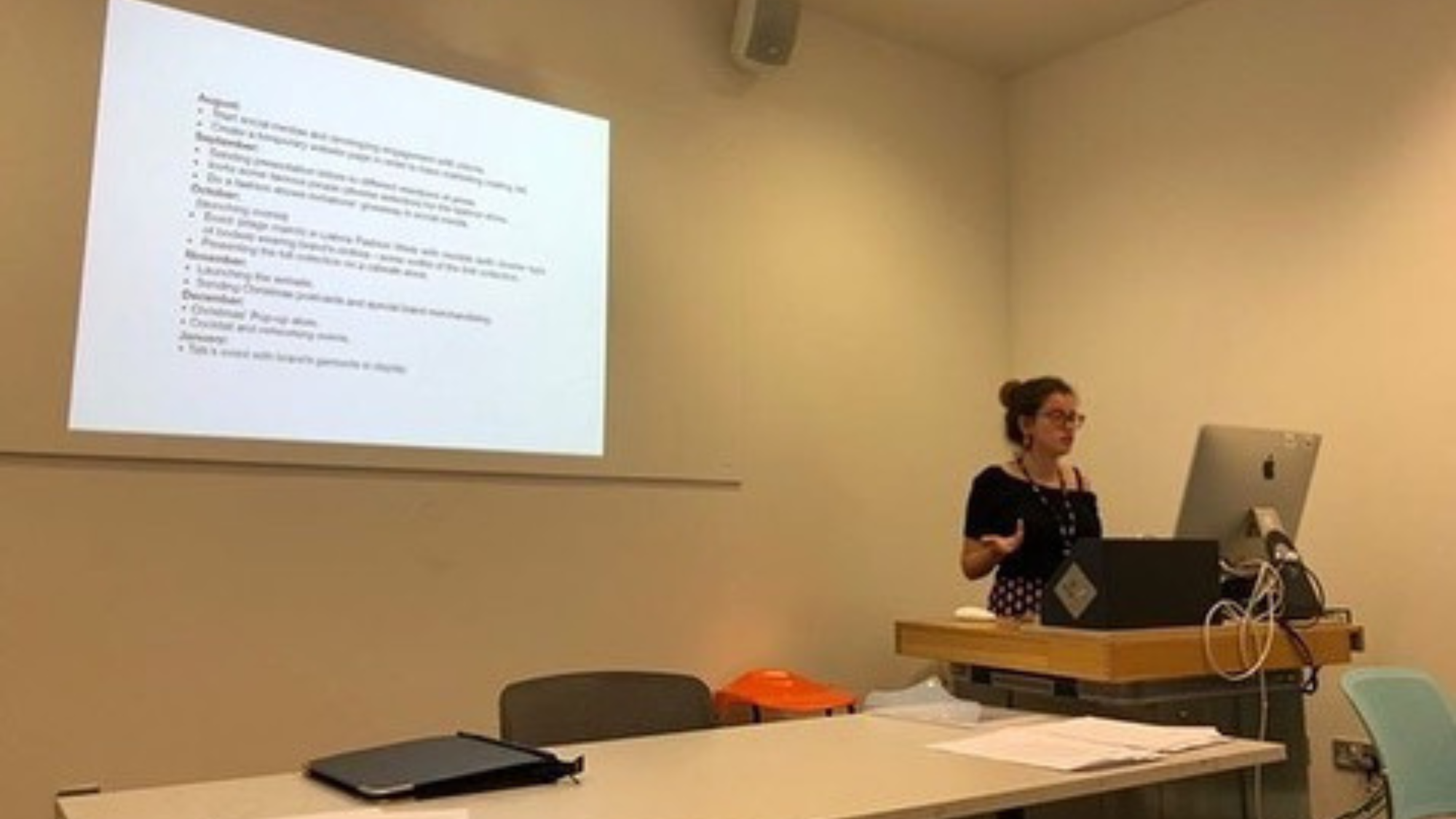
In 2019, a year later, lunchtime arrived and I went to the canteen full of hope and prayed that Monday would be lasagna day, the menu would have changed completely and RIP my “fashion lasagna”.
The complaints don't end with lasagna, we have to talk about hoodies and notebooks. It's not fair that someone finds the most comfortable hoodie in the world and when they go back to buy another one, it's sold out (it's not consumerism because I use it a lot, OK?). Going into a store that sells stationery, sewing materials, and art supplies is idyllic, what's brutally reality is that they don't have an online store.
Differences between Fashion Writer and Fashion Journalist + Technology and AI.
We must return to the digital open day, our starting point. One question that echoed, at least from my perspective, during the talk was: how do you differentiate a Fashion Writer from a Fashion Journalist?
Dr. Elizabeth Kutesko, one of the tutors of the Masters in Communication: Stories and Theories, helped me get there. So here we go, after I added some sugar and cinnamon: Fashion writing can adopt multiple silhouettes and varied typologies — while a journalist should follow journalistic ethics, be accurate, base themselves on facts, communicate the truth, among many other aspects.
As Kutesko tells us, fashion writing can have a more theoretical basis, be academic — and associated with fashion research and studies, we can rewrite the history of fashion itself. Or it can take the form of fashion chronicles, perhaps something like this text.
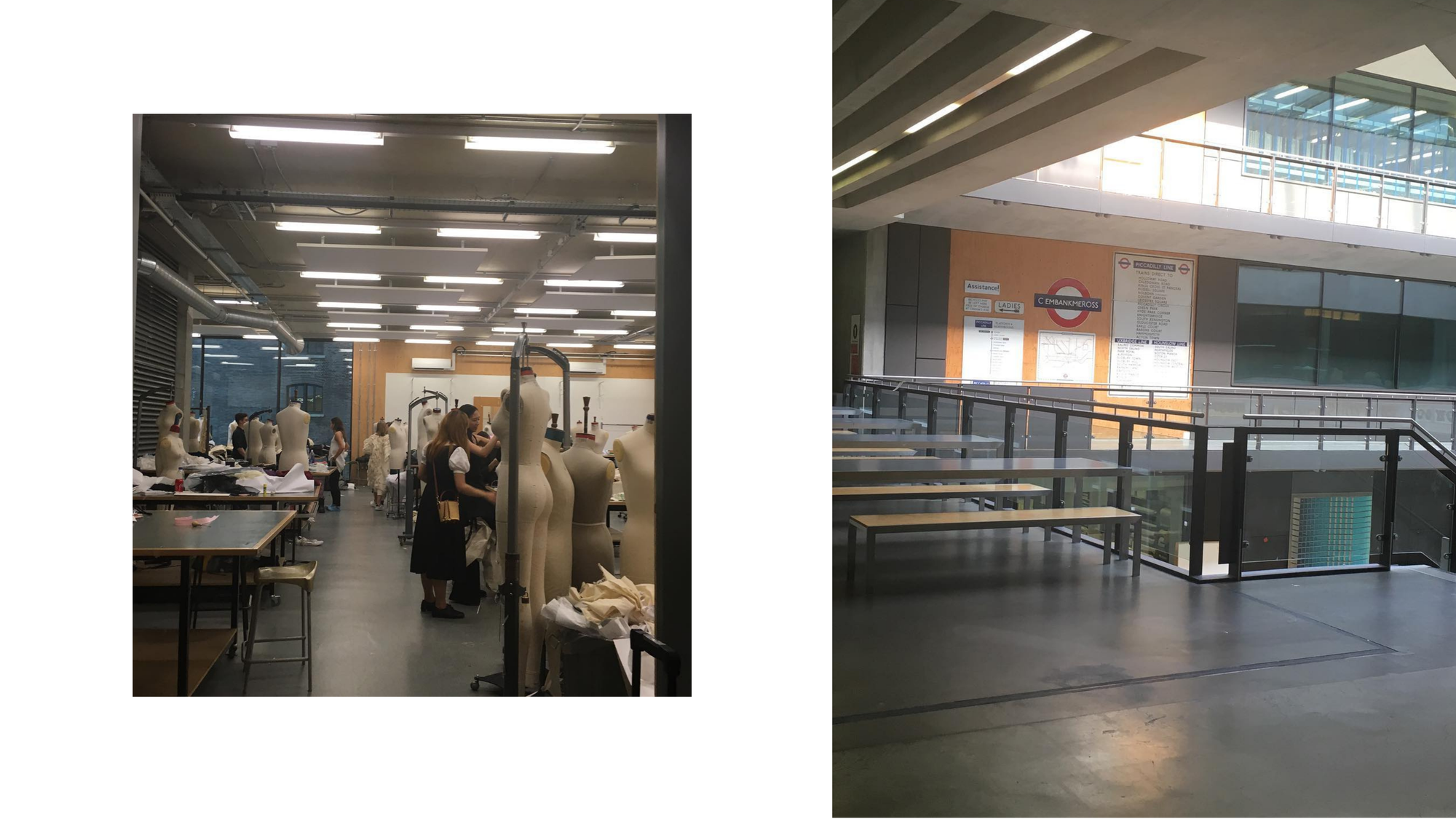
Despite being a tutor in the Fashion Journalism pathway of the Master's degree, which has been mentioned so many times, Danielle Radojcin explains how the curriculum taught goes beyond journalism itself, while also helping us to complete the portrait of Fashion writing that we had already begun.
Knowing that platforms like Substack are taken into consideration when helping students discover their own writing style, I felt not only individual validation regarding the project I am developing but this also allowed me to reflect on certain aspects of current Fashion.
What aspects? That business models beyond independent designer brands are also components of fashion entrepreneurship. That being a freelancer or independent can be a choice based on freedom and not the last option. And, in fact, as cliché as it may sound, there are several ways to be in fashion.
Fashion and Money — A Career Is Not a Microwave Meal
If you're expecting instant glory, that's not what you'll find at a leading fashion school.
If you chose Fashion just thinking about money, maybe Fashion is not for you.
If you are not willing to let go of your ego and dedicate the next 10 to 15 years to building your career from scratch, perhaps you should rethink your plans.
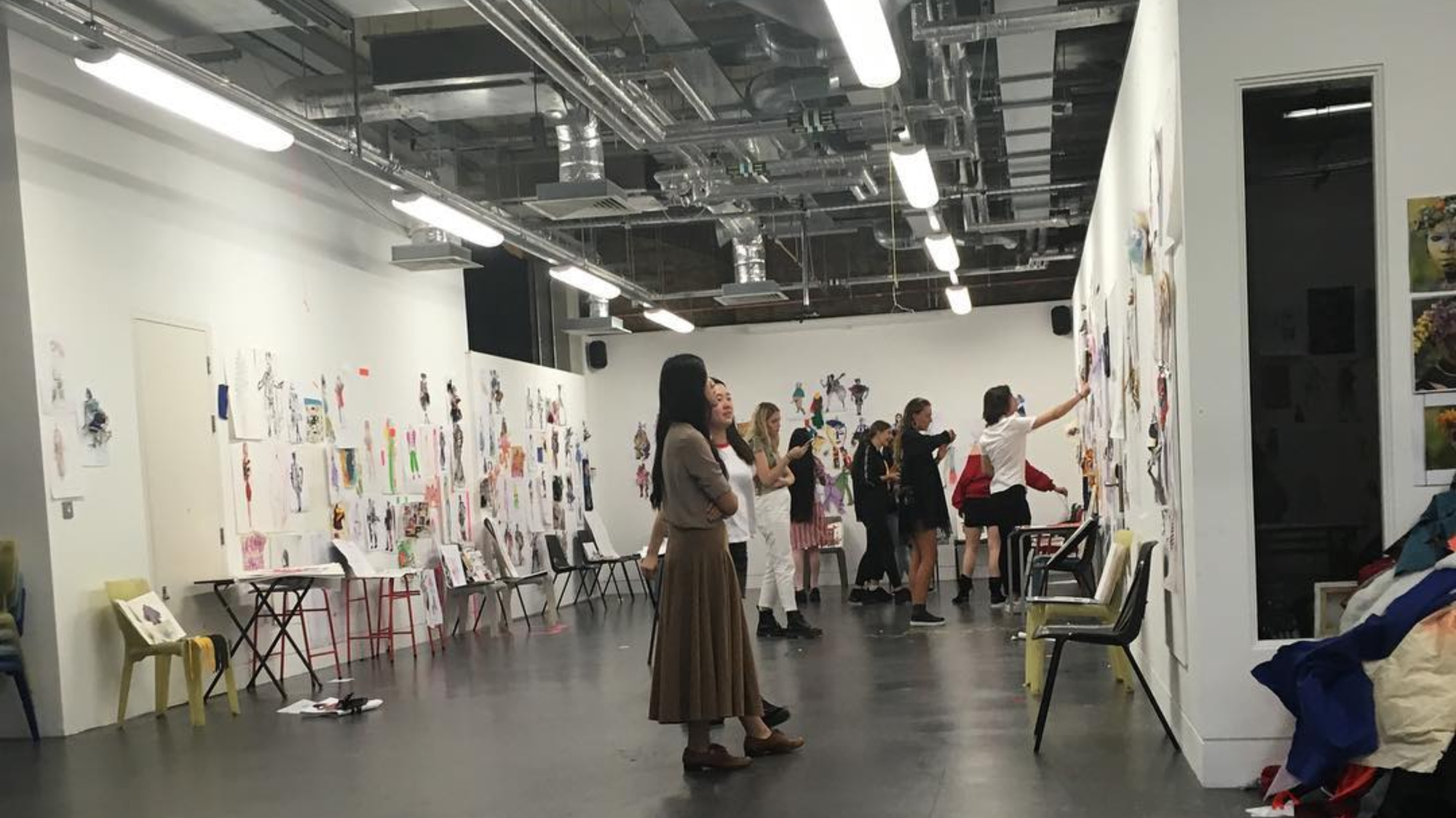
Don't be fooled by the idea of what you think is the path of other professionals and colleagues based on what you see on social media, that is just a part and will never be the whole.
These were the valuable ideas left by Adam Murray, responsible for MA Fashion Communication: Fashion Image.
I have homework to do, but I've already started it...
As conclusion, of something that could be almost endless, I will tell you about my homework — the ones I have already started and the ones I still have to do.
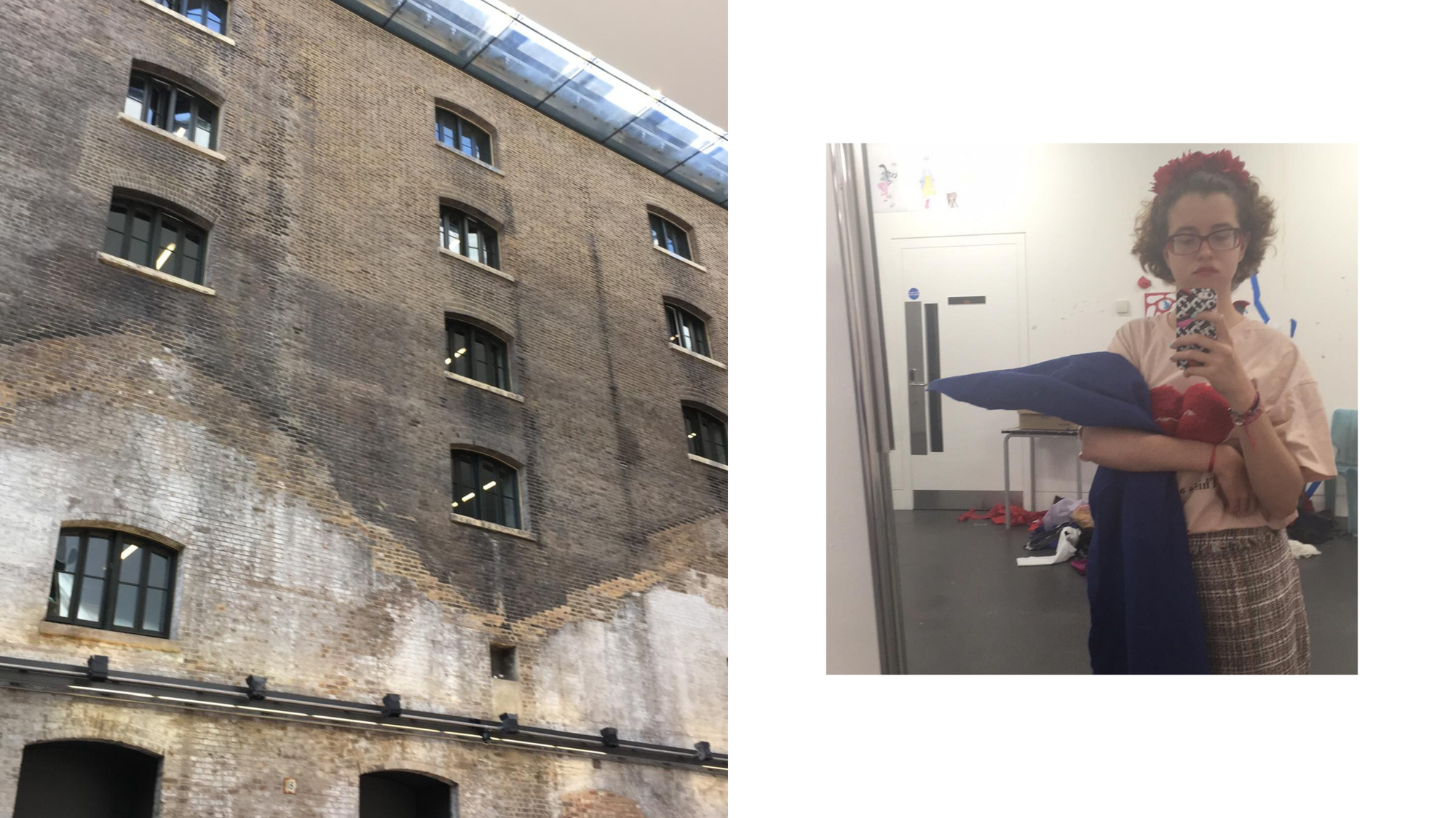
I have to figure out how to turn academic fashion writing into something that has a wider target audience in mind, according to Kutesko, Vestoj is a good example of this and that is where my next homework will start.
But I feel that with this article I have already started one of the goals I had for this project called The Fashion Standup — to be where and investigate what the schedules of fashion students, professionals and enthusiasts do not allow them to, and to give my perspective. What is the result? A newsletter that you read at the end of the work week or on Sunday at the end of the day to re-tune yourself and take from it some food for thought. And food for thought is actually the foundation of everything.
